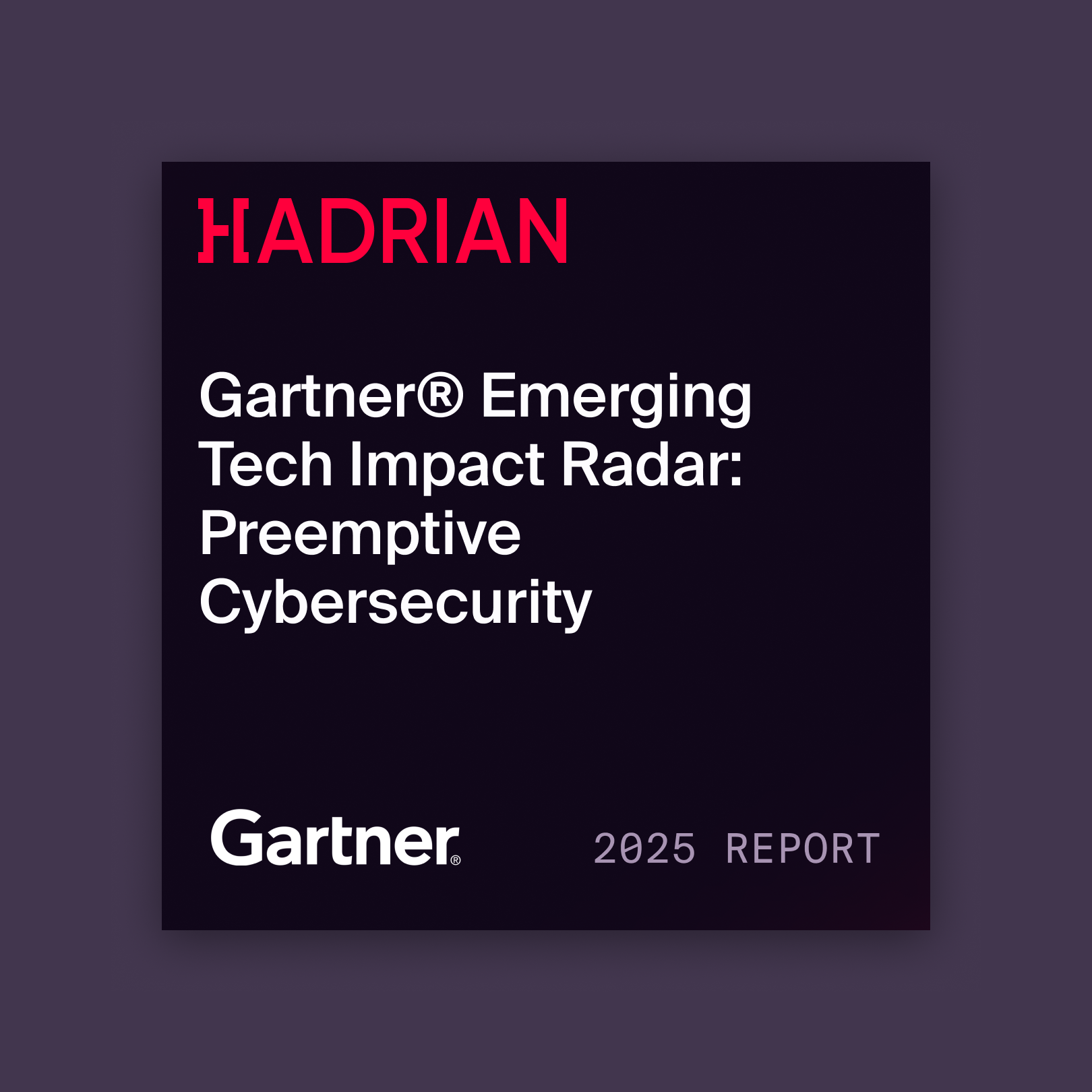
Organizations that rely solely on traditional security measures find themselves constantly reacting to attacks rather than preventing them. But what if you could see your digital infrastructure the way a hacker does? What if you could continuously test your security with the same techniques and behaviors that cybercriminals use?
The Power of the Hacker’s Perspective
Internal security teams are essential, but they often develop blind spots due to familiarity with their systems. Hackers, on the other hand, approach networks with fresh eyes, searching for weaknesses that defenders might overlook. This external perspective is crucial for modern cybersecurity, as it highlights hidden risks that reactive security measures often miss.
By thinking like a hacker, organizations can:
- Identify vulnerabilities that internal teams might underestimate
- Validate security controls against real-world attack techniques
- Continuously adapt to the latest threat landscapes
Why External Attack Surface Management is Critical
Your digital presence is constantly expanding—cloud environments, APIs, third-party integrations, and shadow IT introduce new risks. Nearly 70% of organizations have suffered attacks on unknown or poorly managed external-facing assets. Many security teams remain reactive, responding to incidents rather than proactively managing their attack surface.
Hadrian explores why focusing on the external attack surface is essential for preventing breaches. Without an outside-in approach, organizations risk being blindsided by threats they never anticipated.
Offensive Security: Going Beyond Traditional Defense
Traditional cybersecurity focuses on defense—firewalls, endpoint protection, and monitoring tools designed to detect and block attacks. Offensive security flips the equation by simulating real attacks to proactively identify and address vulnerabilities.
There are a few core stages of offensive security:
- Reconnaissance – Mapping out all assets and entry points
- Contextualization – Understanding what services, technologies, and weaknesses exist
- Validation – Testing vulnerabilities to see if they can be exploited
- Prioritization – Identifying the highest-risk issues based on potential impact
- Remediation – Fixing vulnerabilities before they can be exploited
With automated offensive security, organizations can apply these steps continuously, ensuring that security gaps are closed before they become entry points for attackers.
The Role of Automation in Offensive Security
Automation and AI are game changers for cybersecurity. They enable organizations to scale security testing beyond what human teams can achieve alone.
- Faster Asset Discovery – AI-driven reconnaissance provides real-time visibility into external assets.
- Deeper Threat Detection – Automated scanning and correlation detect vulnerabilities with greater accuracy.
- Realistic Attack Simulation – AI-powered testing mimics real-world adversary tactics.
- Smarter Prioritization – AI ranks vulnerabilities based on risk, ensuring teams focus on the most critical issues.
- Streamlined Remediation – Automated reporting and workflow orchestration accelerate the fixing of security gaps.
How Hadrian is Revolutionizing Offensive Security
Not all security testing methods are created equal. Hadrian’s unique approach stands out by offering continuous, real-world attack simulations that adapt as your attack surface evolves.
Key benefits of Hadrian’s automated offensive security include:
- 10x visibility of critical risks
- 10 hours saved per week on security assessments
- 80% reduction in remediation time
By adopting Hadrian’s automated offensive security platform, organizations can stop chasing threats and start preventing them.
A Future-Proof Approach to Cybersecurity
The cybersecurity landscape is evolving rapidly, and attackers are constantly refining their methods. Organizations that fail to adapt risk falling behind, exposing themselves to increasingly sophisticated threats. By embracing a hacker’s perspective and leveraging automation, businesses can take control of their security posture, staying ahead of cybercriminals rather than reacting to their moves.
It’s time to move beyond outdated security practices and adopt a proactive, continuous, and automated approach to offensive security. The future of cybersecurity belongs to those who think like attackers—and act before the real ones strike.





